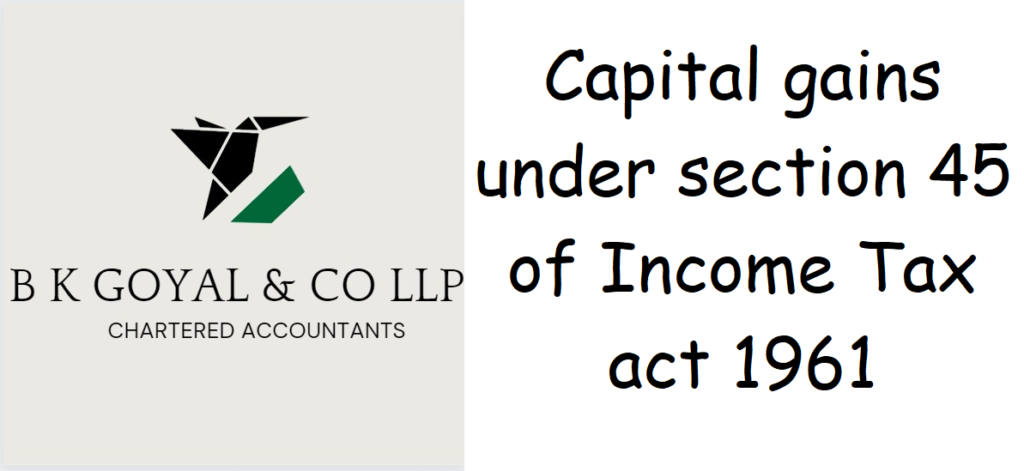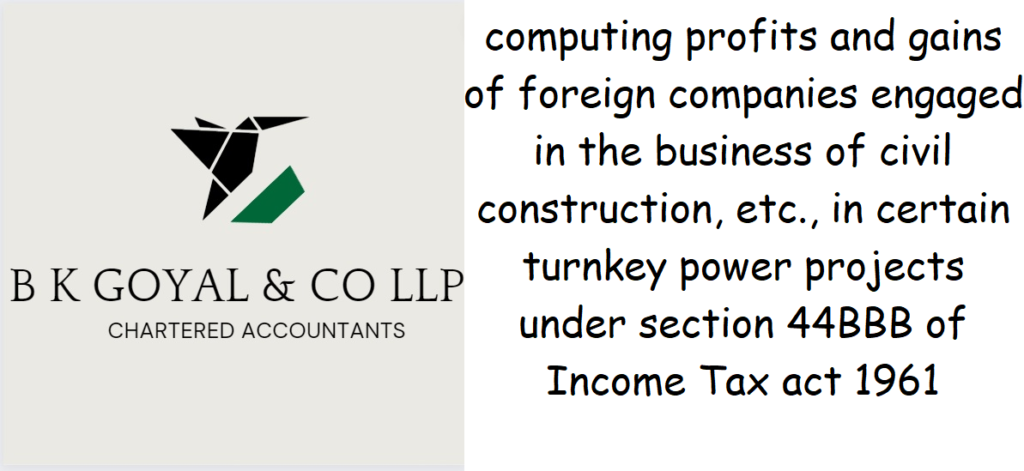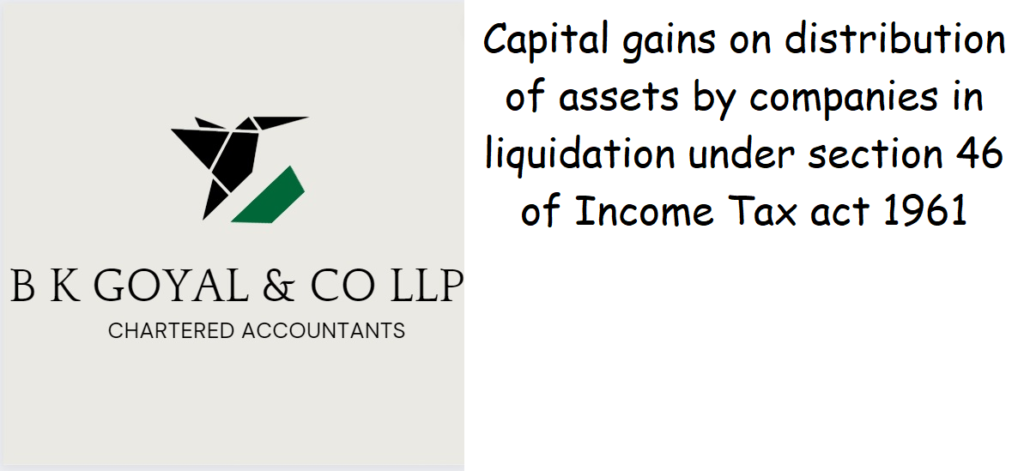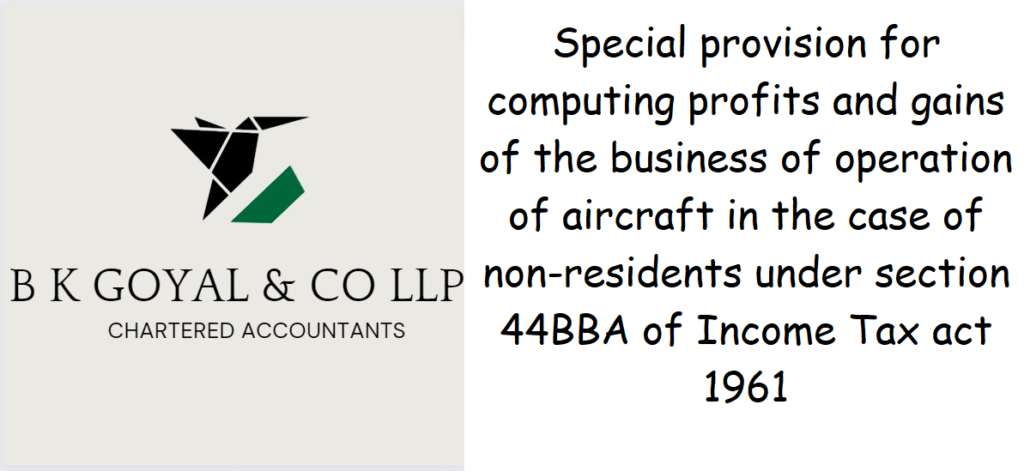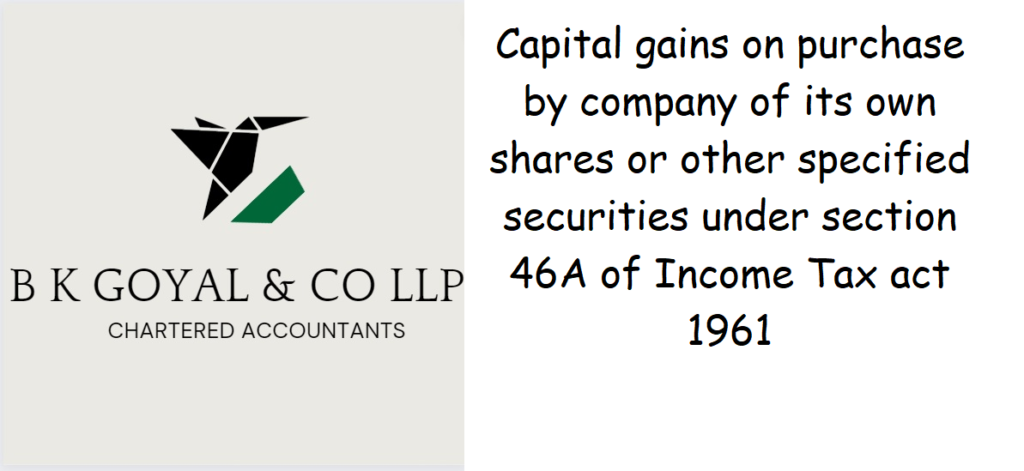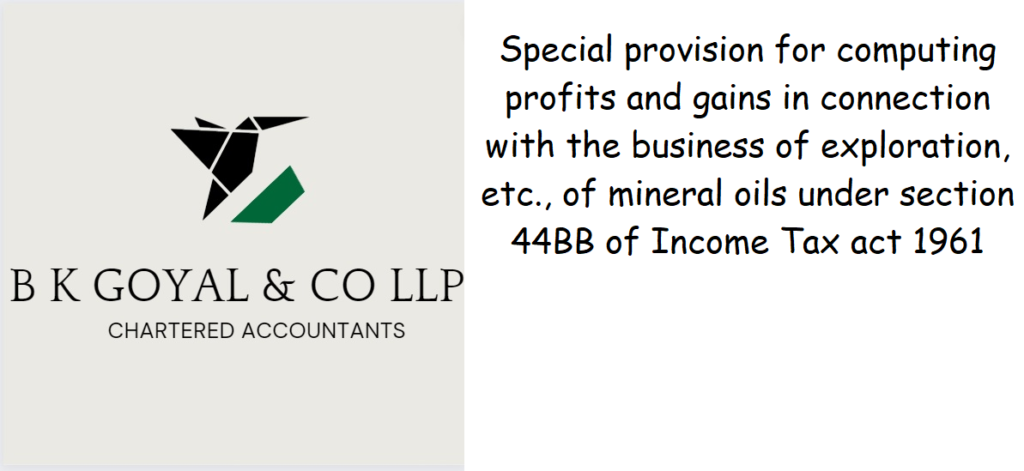Section 45 of the Income Tax Act: Capital Gains Tax Explained
📌 Quick Summary:Section 45 of the Income Tax Act governs taxation on capital gains when assets are transferred. It covers sales, insurance claims, securities, real estate transactions, and business restructuring. Below is a simple breakdown of its key provisions. 📜 What is Section 45? 🔹 Any profit from transferring a capital asset is taxed as […]
